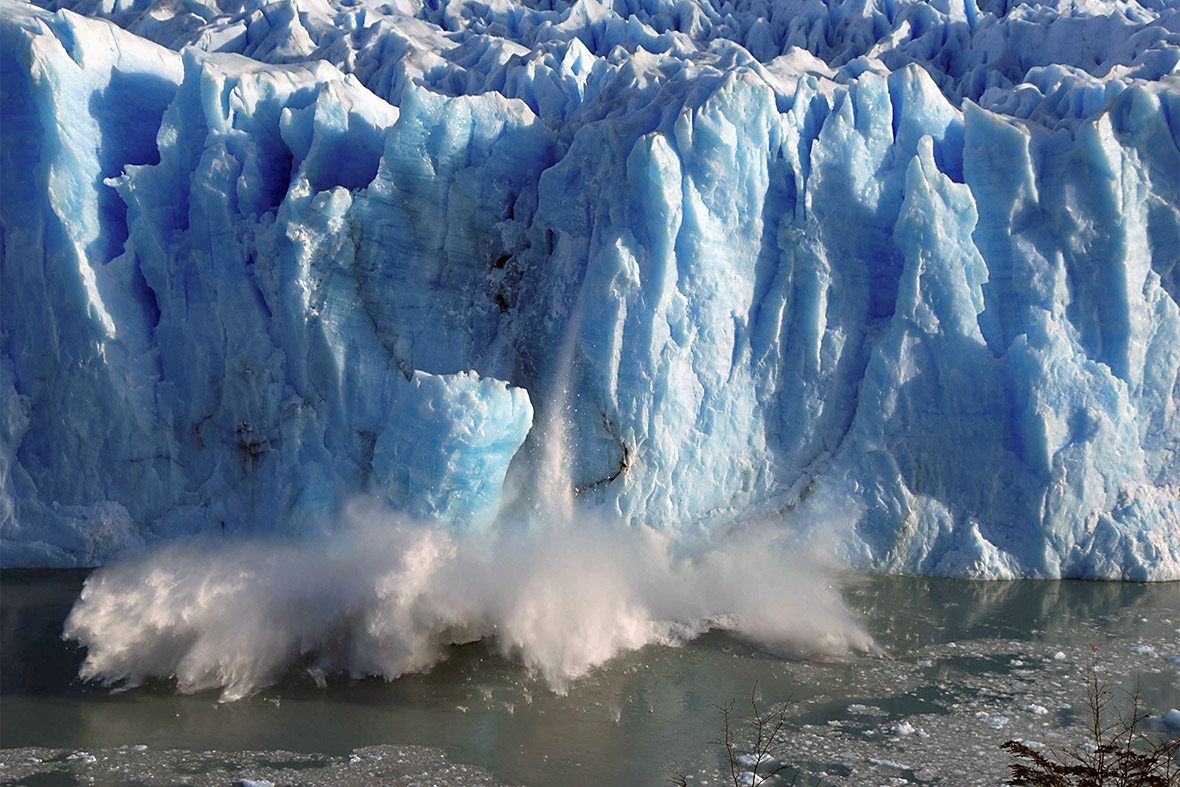US-China Carbon Deal to Prevent Interstellar Apocalypse
especiales

Whether Xi or Obama had a private preview of Interstellar's dust-pocalypse, which forces humanity to look up to other galaxies in a quest for habitable worlds, is unknown to the general public. But China's first-ever commitment to cap its growing carbon emissions by 2030, or earlier, with fossil fuels falling to about 80% of Chinese energy use is a groundbreaking achievement on its own.
 McConaughey and Mackenzie Foy in Interstellar Photo by Melinda Sue Gordon/ Warner Bros. Entertainment)
McConaughey and Mackenzie Foy in Interstellar Photo by Melinda Sue Gordon/ Warner Bros. Entertainment)From a political point of view, the Beijing announcement marks the first time that China does not stands behind other developing or emerging economies, which often reiterate the narrative that the West has caused the greenhouse-gas problems over the various industrial revolutions, therefore it needs to solve it by itself.
The joint US and China superpowers account for 45% of the world's greenhouse-gas emissions. Obama announced that America will cut emissions by 26 to 28% below 2005 levels by 2025.
A breakthrough agreement
The deal has sparked a wave of optimism among scientists and climate change experts ahead of a new round of international climate negotiations which will start in 2015.
"The targets for the short term (2025-2030) are consistent with the type of long-term actions that are needed to keep global temperatures below the agreed-upon target of 2 degrees Centigrade," David McCollum, research scholar at International Institute for Applied Systems Analysis (IIASA), told IBTimes UK based on his research.
Cameron Hepburn, professor of environmental economics at the University of Oxford, says that although the emission reduction numbers "do not go nearly far enough" the announcement is a positive and welcome development.
"It represents a step in the right direction because close coordination between the US and China is critical in shaping expectations for the rest of the world," he told IBTimes UK.
Both experts stress the political and technological challenges for US and China to meet their goal. It has been estimated by the Washington Post that China must add 800 to 1,000 gigawatts of nuclear, wind, solar and other zero-emission generating capacity by 2030 to reach their target. The US will have to double the pace of carbon pollution reduction from 1.2% per year to an average of 2.3 to 2.8% per year.
"In both countries, [the agreement] will require a marked up-scaling of investments into energy efficiency and clean-energy technologies; though, such ambitious efforts appear to be feasible, at least from a technical perspective, according to computer models which represent the dynamics of the global energy, emissions and economic system in an integrated way," McCollum said.
"Where US and China lead, others will follow"
The Obama administration also faces a "political quagmire" with the climate change-sceptic Republicans gaining the majority in the Senate after the midterm elections. Senator Mitch McConnell, who won his six-term elections in carbon-producing Kentucky and is poised to become Senate's majority leader, has already called the deal an "unrealistic plan" that Obama "would dump on his successor".
"Our economy can't take the president's ideological war on coal that will increase the squeeze on middle-class families and struggling miners," he said.
But the Obama administration, who called the climate agreement a "historic step", is confident that lawmakers could not stop emission targets, given that many regulatory reforms have already been put in place.
"The key area to watch is the joint focus on clean technological innovation, including renewables, smart grids, vehicles, energy efficiency and CCS," Hepburn said. " Both the USA and China need this cooperation to work and to trigger action elsewhere. And it likely will do so - where the US and China jointly lead, others will likely follow."
UN experts warning
China has change its attitude towards greenhouse-gas emissions over the years, mainly because of the unbearable levels of pollution. A study in the British medical journal the Lancet blamed environmental positioning for the premature deaths of 1.2 million babies in 2010 alone.
The WWF said that all governments must follow China and US lead and "step up the pace and scale of their commitments to the UN climate negotiations.
"They could start at the G20 meeting this weekend, by announcing an end to the US$88bn that each year goes to find more fossil fuels, the very things that are driving climate change," WWF's global climate and energy initiative leader Samantha Smith says.
Earlier in November, a review from the Intergovernmental Panel on Climate Change (IPCC) said emissions of three key greenhouse gases were at their highest in more than 800,000 years.
Rajendra Pachauri, head of the Nobel Peace Prize-winning organisation, said that earth was on the trajectory for 4C warming by 2011.
"The scientific case for prioritising action on climate change is clearer than ever," he said
"We have little time before the window of opportunity to stay within 2C of warming closes. To keep a good chance of staying below 2C, and at manageable costs, our emissions should drop by 40 to 70% globally between 2010 and 2050, falling to zero or below by 2100."














Add new comment